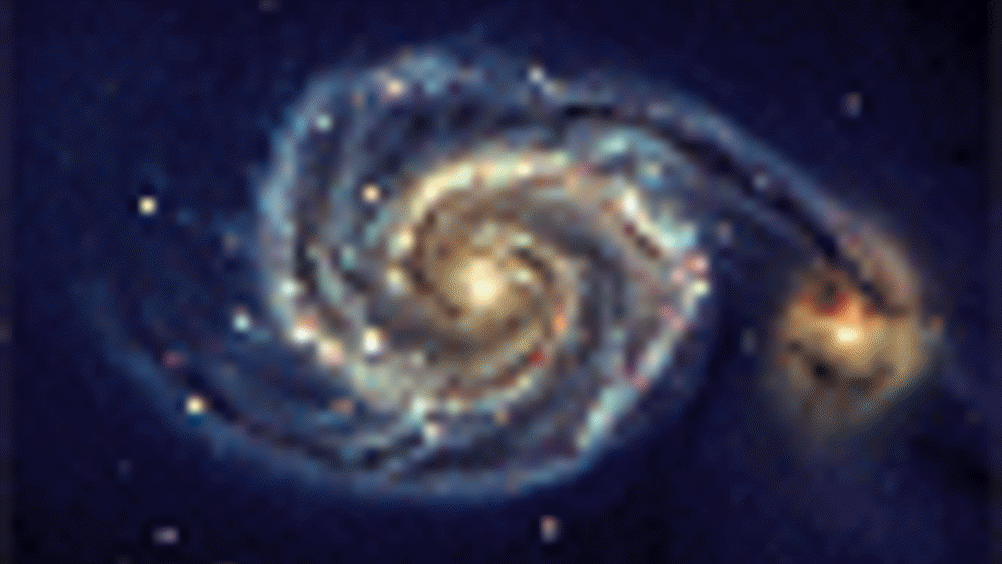Big breakthrough

Extra-sensitive microwave detectors may soon help scientists find out what happened immediately after the Big Bang.
The sensors have been developed via an academic collaboration at the US National Institute of Standards and Technology (NIST).
The work included contributions from NIST,
NIST was involved with a previous project that studied cosmic microwave background (CMB) - the faint afterglow of the Big Bang that still fills the universe. This project previously built superconducting amplifiers and cameras for CMB experiments at the South Pole, in balloon-borne observatories, and on the Atacama Plateau in
The new experiment will begin approximately one year from now in the Chilean desert and will consist of placing a large array of powerful NIST sensors on a telescope mounted in a converted shipping container.
The detectors will look for subtle fingerprints in the CMB from primordial gravitational waves - ripples in the fabric of space-time from the violent birth of the universe more than 13 billion years ago.
Register now to continue reading
Thanks for visiting The Engineer. You’ve now reached your monthly limit of news stories. Register for free to unlock unlimited access to all of our news coverage, as well as premium content including opinion, in-depth features and special reports.
Benefits of registering
-
In-depth insights and coverage of key emerging trends
-
Unrestricted access to special reports throughout the year
-
Daily technology news delivered straight to your inbox










Breaking the 15MW Barrier with Next-Gen Wind Turbines
Hi Martin, I don´t have any detailed parameters for the 15MW design other than my reading of the comment in the report ´aerodynamic loads at blade-tip...